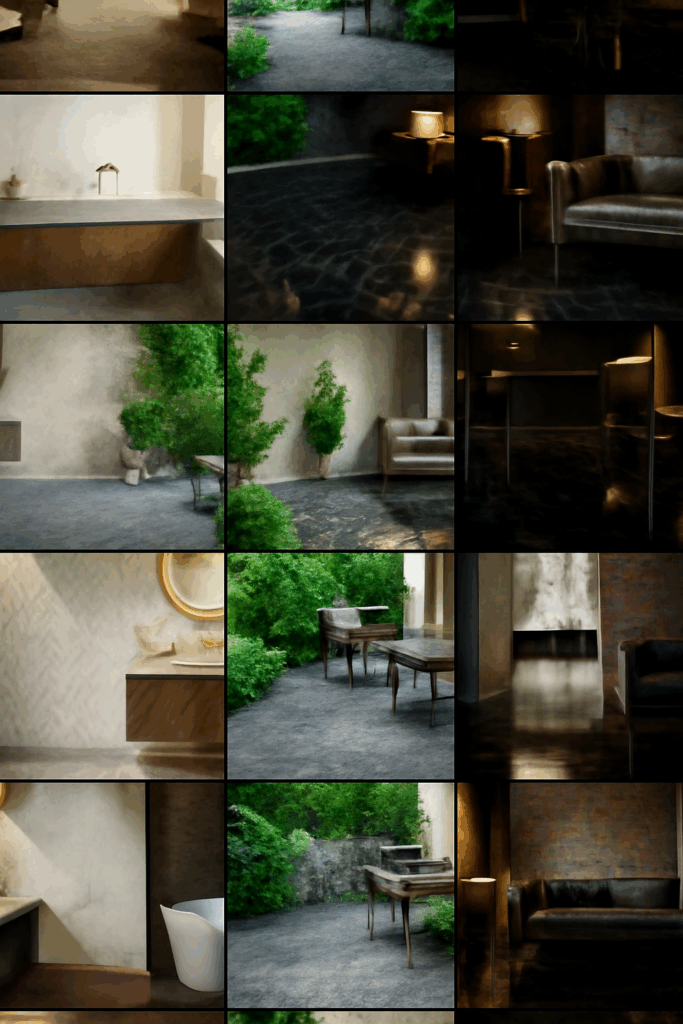Sydney’s property market is a fierce battleground for prospective buyers. With skyrocketing property prices, tight competition, and ever-changing market conditions, trying to secure your dream home or investment property can often feel like navigating a maze. Whether you’re a first-time buyer or a seasoned investor, the challenges of Sydney’s property market are undeniable. In such a dynamic environment, expert guidance can make all the difference in securing the best deal. This is where a buyer’s agent comes in—a professional who works on your behalf to ensure you make well-informed, strategic decisions. Let’s explore how hiring a buyer’s agent in Sydney can help you not just survive, but thrive, in this competitive market.
Why Sydney’s Property Market Can Be Overwhelming
Sydney’s real estate market is one of the most competitive and expensive in the world. With a rapidly growing population, limited property supply, and ever-increasing demand, finding the perfect property within your budget can quickly turn into a stressful and time-consuming process. Prices in desirable suburbs can skyrocket, while the risk of overpaying or getting caught in bidding wars can leave buyers feeling discouraged.
Add to this the complexity of auctions, fluctuating interest rates, and an often unpredictable market, and it’s no wonder many prospective buyers feel overwhelmed. Whether you’re searching for your first home, a family property, or an investment, the challenges are numerous. But there is a solution: hiring a buyer’s agent in Sydney.
The Role of a Buyer’s Agent
A buyer’s agent is a licensed professional who works exclusively for you, the buyer. Unlike a real estate agent who represents the seller, a buyer’s agent has your best interests at heart. Their job is to help you find the right property, negotiate the best possible price, and ensure the entire process runs smoothly—from start to finish.
A buyer’s agent brings expertise, market knowledge, and negotiation skills that you might not have. They have a deep understanding of Sydney’s local property market, including trends, values, and the intricacies of different suburbs. They can access off-market properties, negotiate better prices, and handle the paperwork, ensuring that your experience is as stress-free and rewarding as possible.
See more: How to Find the Best Furniture Outlet Sydney Has to Offer
Key Differences Between a Buyer’s Agent and a Real Estate Agent
While both real estate agents and buyer’s agents work in the property market, their roles are quite different. A real estate agent represents the seller and aims to secure the highest possible sale price for the property. In contrast, a buyer’s agent works exclusively for you, the buyer, and their focus is to find the best property at the best price.
Buyer’s agents have an intimate knowledge of local market conditions and can provide you with a much clearer understanding of property values. They are not driven by the seller’s interests and can offer unbiased advice, ensuring that the property you purchase is a sound investment.
How a Buyer’s Agent Helps You Secure the Best Deal
1. Market Knowledge and Property Search
One of the main advantages of hiring a buyer’s agent is their knowledge of the local market. They have a deep understanding of the different suburbs, pricing trends, and property values, allowing them to help you make informed decisions. Instead of spending countless hours sifting through listings, a buyer’s agent will narrow down your search to properties that meet your criteria and are likely to appreciate in value.
Additionally, buyer’s agents often have access to off-market listings—properties that aren’t publicly advertised. These exclusive opportunities can give you an edge in a competitive market, helping you avoid bidding wars and secure a great property before it hits the general market.

2. Negotiation Expertise
One of the most significant advantages of working with a buyer’s agent is their negotiation skills. In Sydney’s fast-paced property market, securing a property at the right price can be a challenge. A buyer’s agent knows how to negotiate effectively with real estate agents and sellers, ensuring that you don’t pay more than the property is worth.
Let’s consider a hypothetical example: You’ve found a property you love, but it’s listed at a price that seems a bit high. Your buyer’s agent will conduct a thorough market analysis, compare the property to similar homes in the area, and advise you on an appropriate offer. They’ll then handle the negotiation, ensuring you don’t overpay, and can even help you secure a price reduction or better contract terms.
3. Time Savings and Stress Reduction
Finding the right property takes time, especially in a market as competitive as Sydney’s. Without the help of an expert, you may waste days, weeks, or even months attending open homes, making offers, and dealing with rejected bids. A buyer’s agent streamlines the process by doing the legwork for you, saving you time and energy.
From booking property inspections to reviewing contracts, your buyer’s agent handles the details while you focus on the bigger picture. They can also help manage the emotional aspect of buying property, especially when it comes to dealing with auction pressure or competing with multiple offers.
4. Guidance Through the Legal and Paperwork Process
Buying property involves a lot of paperwork—from contracts and building inspections to finance approval and settlement details. Navigating these processes can be overwhelming, particularly if you’re not familiar with the legal requirements. A buyer’s agent is there to guide you through the entire process, ensuring that all legalities are in order and you avoid any potential pitfalls.
They’ll also liaise with solicitors, mortgage brokers, and other professionals involved in the transaction, ensuring everything is handled efficiently. This reduces the likelihood of errors or delays, giving you peace of mind during what can be a complex and stressful process.
Real-Life Scenario: The Value of a Buyer’s Agent
Imagine you’re a first-time buyer looking for a property in Sydney’s Inner West. You’ve seen a few listings, but nothing stands out, and the properties you’re interested in quickly go under offer. Feeling frustrated, you decide to hire a buyer’s agent.
Your agent has in-depth knowledge of the local market and knows that properties in the area are often overpriced. After getting to know your needs, they present you with an off-market property in a desirable location. It’s not listed publicly yet, but the agent has insider access through their network. After further negotiations, your buyer’s agent secures the property at a reasonable price—well below your budget—allowing you to make a smart investment while avoiding the stress and competition of public listings.
Conclusion: A Smart, Strategic Move in Sydney’s Property Market
Sydney’s property market is competitive, and making an informed decision is crucial to securing a great deal. A buyer’s agent offers unparalleled expertise, market knowledge, and negotiation skills to help you navigate this complex environment. They save you time, reduce stress, and ensure you make a well-informed decision.
Whether you’re a first-time homebuyer or an experienced investor, hiring a buyer’s agent could be one of the smartest property moves you make. They work exclusively for you, guiding you through the entire process, from finding the right property to securing the best deal. In such a competitive market, their expertise is invaluable, and with their help, you can make the Sydney property market work for you.



